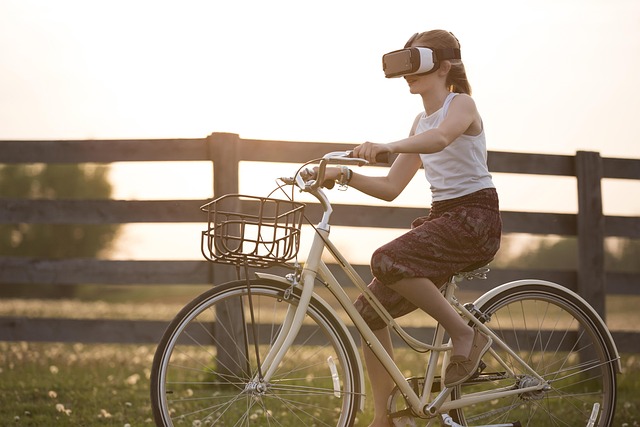Exploring the Future of Education: Virtual Learning Spaces and Metaverse Magic
The landscape of education is evolving at an unprecedented pace, driven by technological advancements and a greater desire for immersive experiences. At the heart of this transformation are virtual learning spaces, where the possibilities of learning are boundless and imagination knows no limits. As we step into a new era defined by virtual reality (VR), augmented reality (AR), and the expansive metaverse, we must pause to consider how these elements are revolutionizing the way knowledge is acquired and shared.
The Allure of Virtual Reality in Education
Imagine stepping into a classroom where the walls dissolve, transporting you to ancient civilizations, distant planets, or the intricate workings of the human body. This is the magic of virtual reality—a tool that has the power to engage learners in ways traditional classrooms can’t. In virtual learning spaces, students can interact with 3D models, conduct experiments in safe environments, and participate in simulations that make learning not only effective but also incredibly exciting.
Educational institutions are increasingly adopting VR to create a more engaging curriculum. From medical students practicing surgery on lifelike avatars to history classes visiting pivotal moments in time, the depth of understanding provided by VR is unparalleled. Learners no longer just read about events; they experience them, making knowledge retention much more profound.
Augmented Reality: A Bridge Between Reality and Imagination
Whereas VR immerses learners in entirely virtual environments, augmented reality enhances the real world by overlaying digital information. In virtual learning spaces, AR can provide contextual information that enhances physical surroundings, stimulating curiosity and deepening understanding.
Imagine a biology lesson where students use AR glasses to visualize complex cellular structures right in front of them, allowing them to interact and manipulate these visuals to see how various biological processes function. It creates a learning experience that is both enlightening and memorable. By integrating AR into education, we encourage exploration and foster a more hands-on approach to learning.
The Metaverse: The Future of Collaborative Learning
The concept of the metaverse is becoming synonymous with the future of education. It promises a shared virtual space where students from all corners of the globe can come together, collaborate, and learn in real-time. Virtual learning spaces in the metaverse transcend geographical barriers, making education more accessible and inclusive.
In this interconnected universe, learners can participate in joint projects, attend guest lectures from industry leaders, or even engage in creative competitions. The metaverse fosters community, connecting students with teachers and peers in ways that are both meaningful and enriching. It is a space where cultural exchanges can occur, ideas can flow freely, and diverse perspectives can be valued.
Creating an Inclusive Future
The potential of virtual learning spaces lies not only in engaging students but also in making education more equitable. As these technologies continue to develop, they hold promise for breaking down barriers for those who may face challenges in traditional educational settings. Students with disabilities can benefit from tailored experiences that meet their needs, while those in underserved areas can gain access to quality resources and support.
As we look ahead, it is vital to embrace these innovations with a commitment to equity and inclusivity. The dream of a dynamic educational future is within reach, and the fusion of virtual reality, augmented reality, and the metaverse will undoubtedly play a pivotal role in shaping that landscape.



